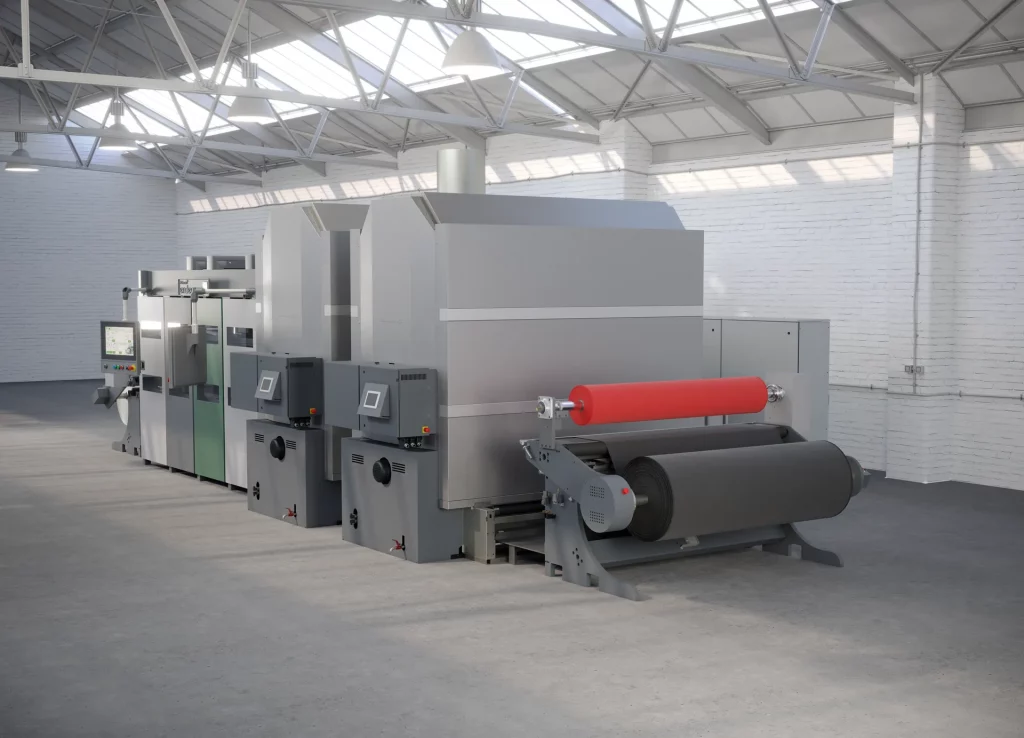The textile industry, once rooted in traditional practices, is undergoing a profound transformation fueled by digital technology. This blog delves into the intricate details of the revolutionary changes brought about by digital advancements, exploring their profound implications for textile design and production.

1. Advanced Design Innovation:
- Complex Design Creation: Digital design tools have revolutionized the creation of intricate designs. Designers can now use software to experiment with a multitude of patterns, colors, and textures in a fraction of the time it would take manually.
- Material and Cost Efficiency in Prototyping: The integration of 3D printing technology has fundamentally altered the prototyping process. Designers can now virtually experiment with different fabrics and styles, significantly reducing the need for physical prototypes. This not only saves materials and costs but also expedites the design iteration process.

2. Production Process Transformation:
- Robotics and Automation: Robotics in textile production, driven by digital advancements, has not only increased output but also maintained high-quality standards. These automated systems handle tasks with precision, from weaving to garment assembly.
- Eco-Friendly Production Methods: The textile industry’s environmental impact is mitigated through digital technologies. Automated systems optimize resource usage, reducing waste and energy consumption. Waterless dyeing and digital printing techniques minimize water usage and chemicals, aligning with sustainable production practices.
3. Personalization and Market Responsiveness:
- Customization at Scale: Mass customization has become a reality with digital technology. Manufacturers can efficiently produce unique, personalized products without sacrificing efficiency. This level of customization enhances consumer engagement and satisfaction.
- Quick Adaptation to Market Trends: Flexibility in production lines allows manufacturers to swiftly respond to changing market trends or consumer demands. Digital technology enables rapid adjustments, ensuring that businesses stay ahead of the curve in a fast-evolving industry.
4. Quality Assurance and Control:
- Error Detection and Reduction: Digital systems in textile manufacturing can detect and correct errors early in the production process, leading to higher quality end products.
- Data-Driven Quality Management: Integration of IoT and AI in quality control brings a data-driven approach to monitoring, ensuring consistent quality and reducing the likelihood of defects.

5. Global Market Integration:
- Digital Marketplaces and Global Reach: Online platforms and e-commerce have dismantled geographical barriers, allowing textile manufacturers to reach a global customer base. Digital marketplaces provide a convenient avenue for businesses to showcase their products to a diverse audience.
- Supply Chain Optimization: Digital platforms streamline the supply chain, from raw material sourcing to the delivery of finished products, enhancing efficiency and reducing time-to-market.
Conclusion
The advent of digital technology has not only reshaped the textile industry’s design and production landscape but also opened doors to innovative business models and operational efficiencies. In this era of rapid technological evolution, embracing digital tools is crucial for staying competitive and meeting the dynamic demands of the market. For businesses in the textile industry, Locofast stands as a key player, offering technology-driven solutions specifically in fabric sourcing. Their platform exemplifies how digital integration can transform traditional practices, paving the way for a more efficient, sustainable, and responsive textile industry.
